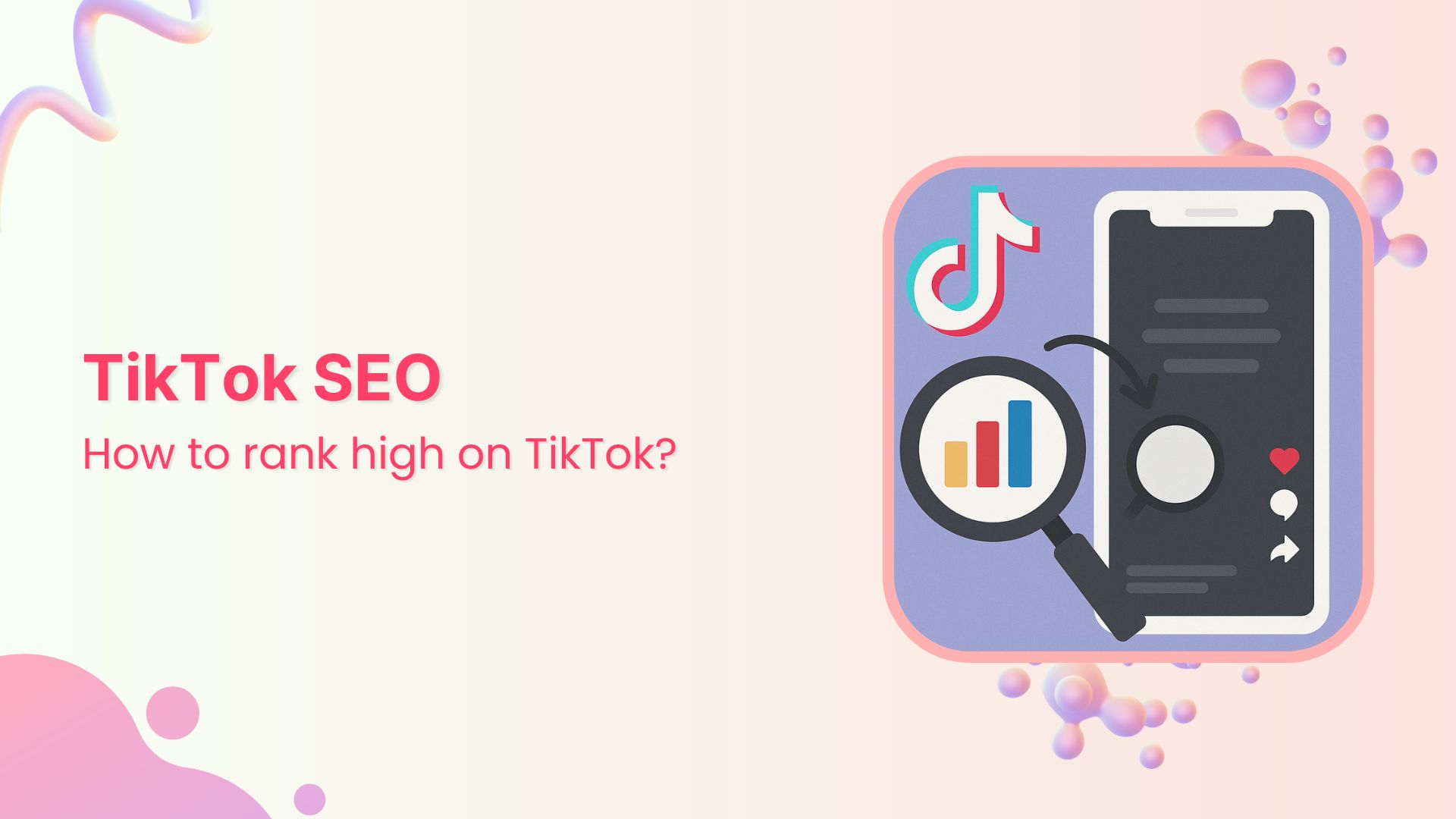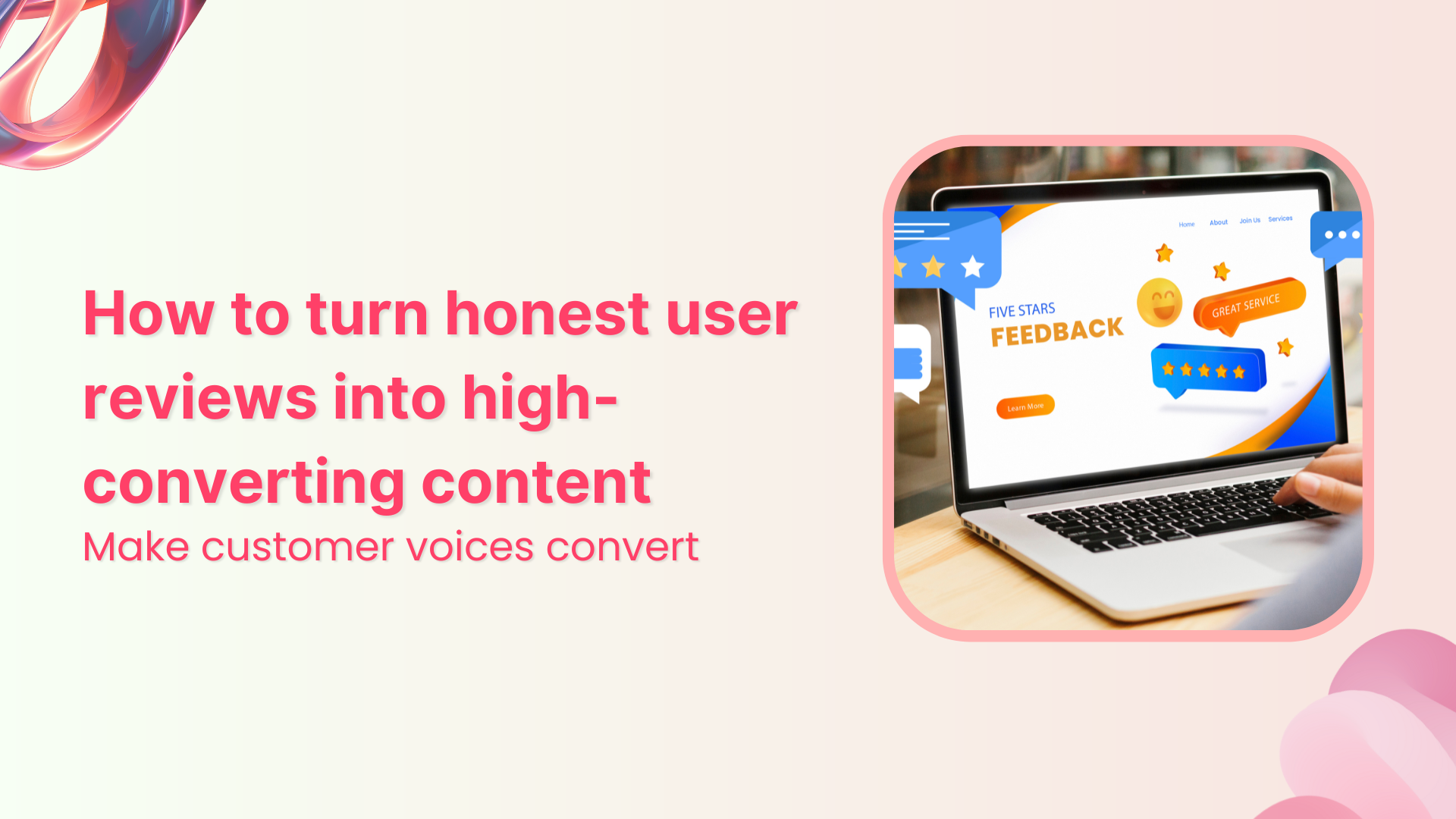Bulk-generate & schedule posts in seconds with Smart Scheduling. Try now!
Master social bookmarking for brand growth and content curation
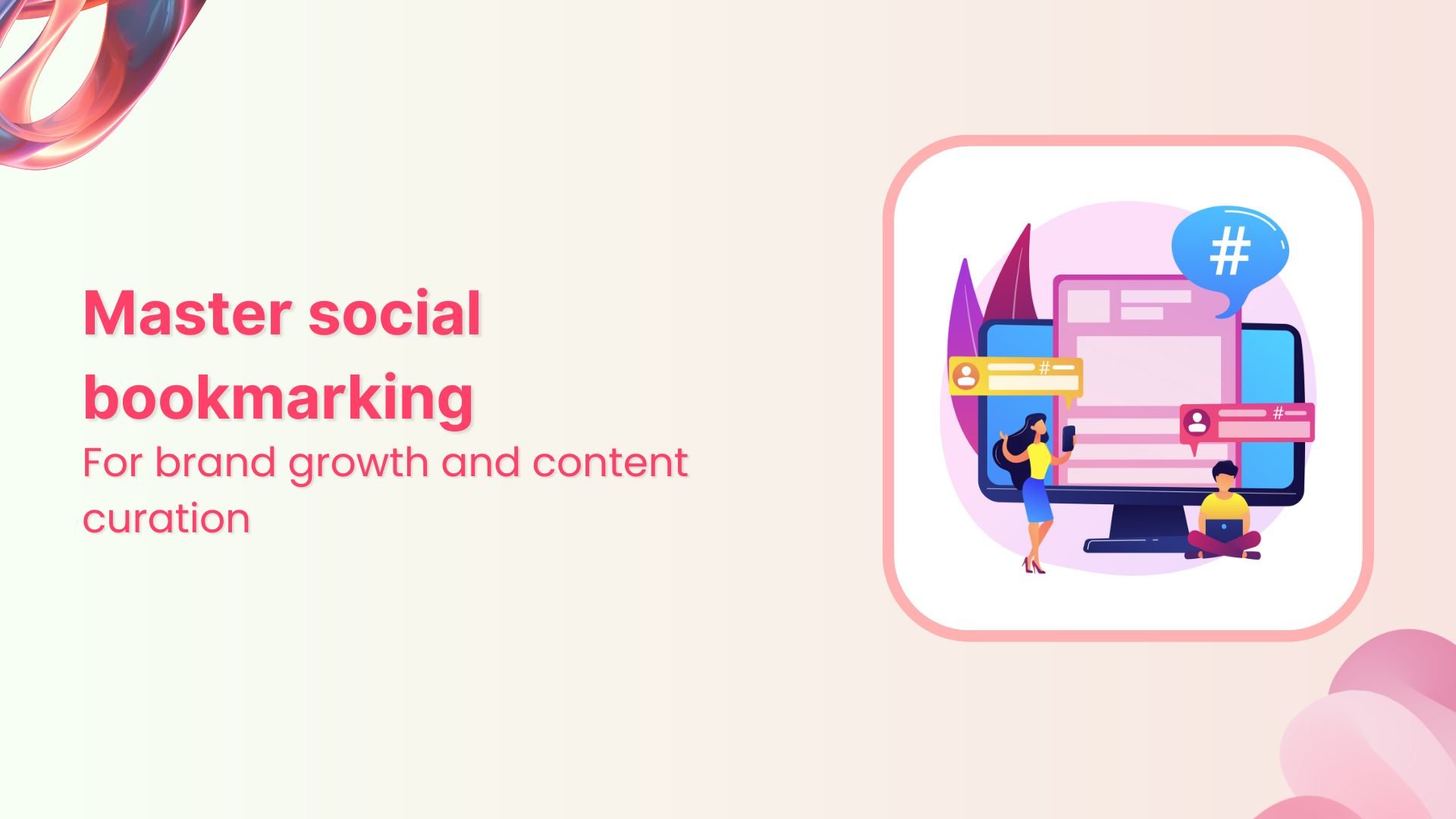
Remember when you’d frantically email yourself links or have 47 Chrome tabs open because you “might need this later”? Yeah, social bookmarking solved that problem back before we all became digital hoarders. It’s basically the internet’s filing cabinet, except everyone can see your folders (if you want them to), and Google’s taking notes.
Social bookmarking lets you save links online, tag them with keywords, and share them with others or keep them private. When done right, social bookmarking can drive traffic to your website, build backlinks, and boost your SEO game. When done wrong, it’s just another forgotten account gathering digital dust.
Follow along as we explain whether or not social bookmarking is worth your time in 2025, or if it’s going the way of Google+ (RIP).
What is social bookmarking?
The social bookmarking definition states that it’s a method of saving and organizing web pages online so you can access them from any device and optionally share them with others. Instead of bookmarking pages in your browser where only you can see them, social bookmarking sites let you store links in the cloud with tags, descriptions, and categories.
Think of it like Pinterest, but for any type of content, not just aesthetic mood boards and recipes you’ll never actually cook. Reddit is technically a form of social bookmarking. Pocket is one. Even that “Save” button on LinkedIn counts.
The social part means other users can discover your bookmarks, follow your collections, and share them further. Some platforms are more community-focused (looking at you, Reddit), while others are basically personal link libraries that happen to live online.
What is social bookmarking in SEO?
Here’s where it gets interesting for anyone trying to rank on Google. Social bookmarking in SEO is the practice of submitting your web pages to bookmarking platforms to generate backlinks, increase visibility, and drive referral traffic.
Does Google directly count these as ranking signals? That’s complicated. Most social bookmarking sites use nofollow links, which means they don’t pass direct SEO juice. But here’s what they DO accomplish: increased indexing speed (Google finds your content faster), referral traffic (real humans clicking through), social signals (engagement metrics Google definitely notices), and brand visibility (getting your content in front of more eyeballs).
So no, posting to Digg won’t magically shoot you to page one. But as part of a larger SEO strategy? It’s another tool in the toolbox, especially for new websites trying to get indexed and gain initial traction.
The easiest way to manage and grow your social channels.
Try ContentStudio for FREE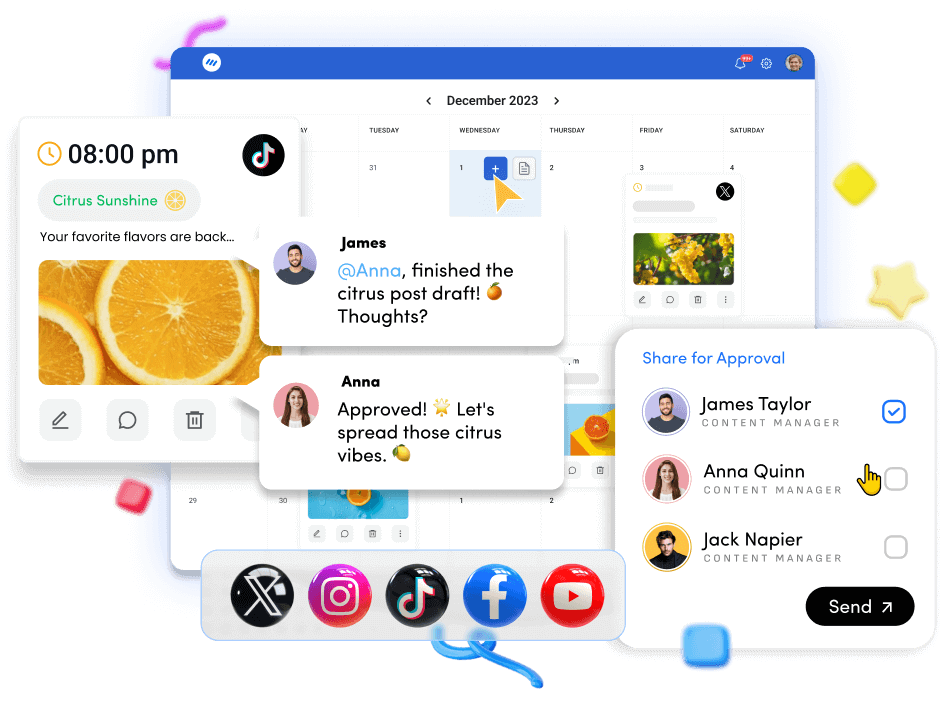
How does social bookmarking work
The mechanics are refreshingly simple. You create an account on a social bookmarking platform, find content worth saving, whether that is yours or someone else’s, and submit the URL along with a title, description, and relevant tags. The platform stores it in your profile, and depending on the site’s structure and your privacy settings, other users can discover it.
Most platforms organize bookmarks by tags, categories, or popularity. Users can upvote, comment, or reshare bookmarks they find useful. The algorithm, because everything has an algorithm now, promotes popular or engaging content to more users, similar to how social media feeds work.
Some sites like Reddit are community-driven, with subreddits for specific topics and voting systems that determine visibility. Others, like Pocket, are more personal, focusing on read-it-later functionality. Sites like Mix (formerly StumbleUpon; RIP to a real one) curate content based on your interests.
The technical backend usually involves indexing and categorizing submitted URLs, tracking user engagement, and serving recommendations. For users, it’s just clicking a button or browser extension when you find something worth saving.
Why use social bookmarking?
Social bookmarking lets companies and marketing managers discover and store gems worth sharing to their publishing schedule, making content curation less of a chore and more of a strategic advantage. It acts as a shortcut to consistent social media growth. Most platforms reveal trending topics, fresh content, and conversations around specific themes, giving you the pulse of what matters now.
Want something specific? Search by keywords or phrases to unearth content that actually resonates with your audience. Social bookmarking sites let you zero in on exactly what your followers crave, skipping the endless scroll. Think of it as having a personal content concierge instead of diving into the chaos of search engines. You get quality over quantity: curated inspiration that’s actually worth your time.
Also read: How to write shareable content?
6 strategic social bookmarking applications
Let’s be real: you probably shouldn’t rush to submit every blog post to 50 social bookmarking sites like it’s 2010. That’s spam territory, and Google’s smarter than that now.
But here are legitimate reasons to incorporate social bookmarking into your strategy:
1. Quick indexing
New website? Google might take weeks to find and index your content organically. Submit it to active bookmarking sites, and you’re essentially putting up a neon sign that says “hey, fresh content over here.”
2. Referral traffic
If your content actually resonates and gets upvoted or shared, you can get real human visitors. Not bot traffic, not fake engagement, but actual people who might stick around.
3. Backlinks
Yes, mostly nofollow, but backlinks are backlinks. A diverse link profile looks natural to Google, and even nofollow links can drive discovery.
4. Content organization
If you’re a researcher, writer, or just chronically online, having all your saved links accessible from anywhere is genuinely useful. Tag them properly, and you’ve got a searchable database of everything you’ve found interesting.
5. Audience research
See what’s trending in your niche. What gets upvoted? What sparks discussion? That’s free market research sitting right there.
6. Networking
Some platforms have active communities where you can connect with people in your industry, get feedback, and build relationships.
The catch? You need to be strategic with quality over quantity, always.
How to benefit from social bookmarking
Here’s how to actually get value from this without wasting hours submitting links into the void:
Choose relevant platforms
Don’t spread yourself thin across 30 sites. Find 3 to 5 places where your target audience actually hangs out. Tech content? Try Hacker News. Visual content? Pinterest still rules. General interest? Reddit’s probably your best bet.
Engage like a human
Bookmark other people’s content, not just your own. Comment thoughtfully. Upvote quality stuff. Nobody likes the person who only talks about themselves at parties, and the same applies online.
Optimize your submissions
Write compelling titles and descriptions. Use relevant tags. Add context about why the content matters. Generic “check out my blog” submissions die a quick death.
Time it right
Post when your target audience is active. Each platform has peak times. Reddit’s famously unforgiving if you post during off-hours.
Create share-worthy content
This should be obvious, but if your content doesn’t possess some kind of quality, no amount of bookmarking will save it. Making content people actually want to read, watch, or share in the first place is necessary.
Track what works
Use UTM parameters on your links so you can see which platforms drive traffic in Google Analytics. Double down on what works and ditch what doesn’t.
Don’t spam
Seriously, don’t. Submitting your own content occasionally is fine. Flooding sites with self-promotion is not. Most platforms will ban you, and Google might penalize you.
Build authority gradually
New accounts submitting self-promotional content get flagged fast. Build karma, establish presence, and then share your own stuff occasionally.
Also read: Content marketing ROI: A guide to measuring your success
How to do social bookmarking step by step
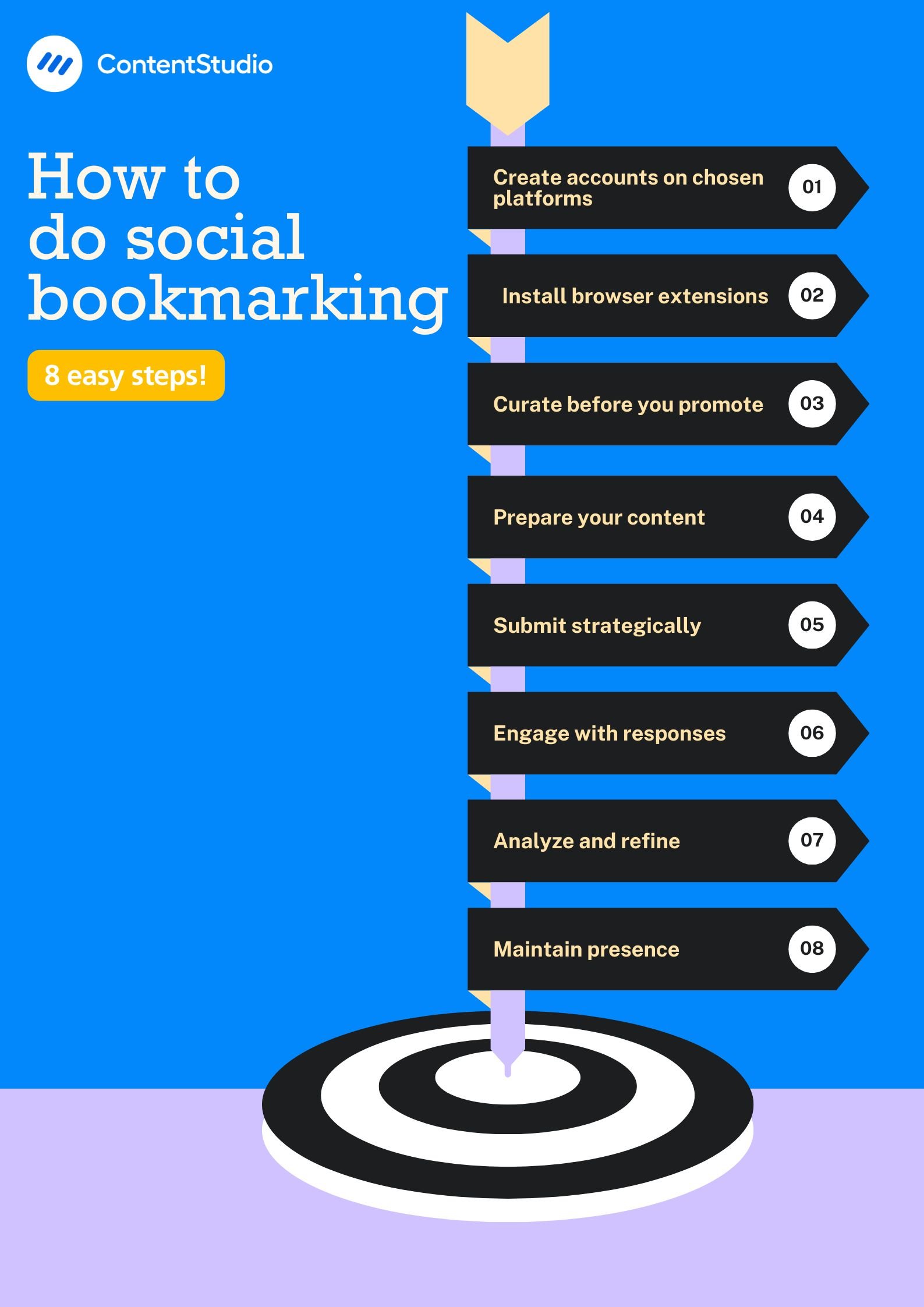
Alright, let’s get tactical. Here’s the actual process:
Step 1: Create accounts on chosen platforms.
Pick 3 to 5 quality social bookmarking sites relevant to your niche. Use consistent branding across profiles, i.e., the same username, bio, and profile pic where applicable. Fill out your profiles completely because incomplete profiles give off “spam account.”
Step 2: Install browser extensions.
Most major platforms offer browser extensions or bookmarklets that let you save pages with one click. This saves time and makes the process less painful.
Step 3: Curate before you promote.
Spend your first week bookmarking other people’s valuable content in your niche. Build credibility. Show you’re a real human who appreciates good content, not a bot.
Step 4: Prepare your content.
Write a compelling, non-spammy title (different from your original headline if possible). Craft a 2- to 3-sentence description that explains what the content offers and why it matters. Choose 3 to 5 relevant tags that people actually search for.
Step 5: Submit strategically.
Don’t blast your link everywhere simultaneously. Space out submissions. Submit to the most relevant communities first. Follow each platform’s submission guidelines and community rules.
Step 6: Engage with responses.
If people comment or ask questions, respond. If your submission gets traction, ride that wave by engaging authentically. If it flops, learn from it and adjust your approach.
Step 7: Analyze and refine.
Check your analytics after a few days. Which platforms drove traffic? What type of content performed best? What times got more engagement? Use this data to refine your strategy.
Step 8: Maintain presence.
Don’t ghost platforms between self-promotions. Continue bookmarking quality content regularly. Engage with the community and be a contributor.
Top 4 free social bookmarking sites
Here are platforms worth your attention in 2025. Some are classics that survived the social media apocalypse; others are newer players:
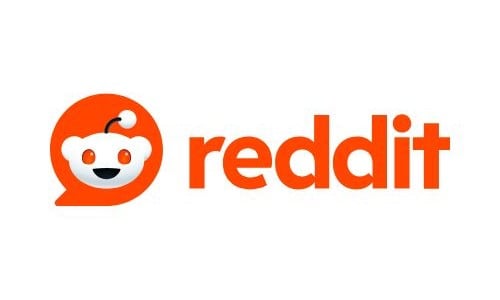
Essentially the front page of the internet, Reddit isn’t joking around. Massive traffic potential, but the community will eat you alive if you spam. Find relevant subreddits, read the rules obsessively, and contribute before promoting. High risk, high reward.
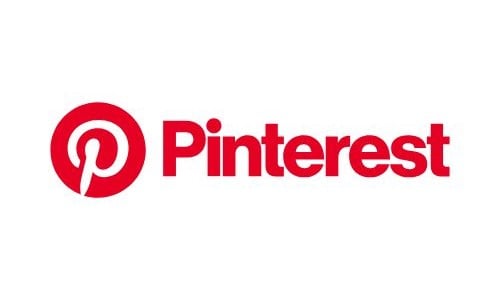
Pinterest is still crushing it for visual content, DIY, recipes, fashion, home decor, and infographics. Underrated for B2B if you get creative with visual content marketing.
Mix
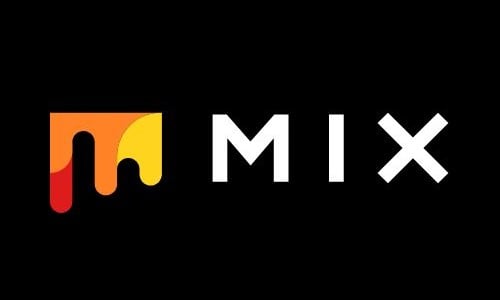
The spiritual successor to StumbleUpon, Mix is great for content discovery. Smaller user base than in the old days, but still active and engaged.
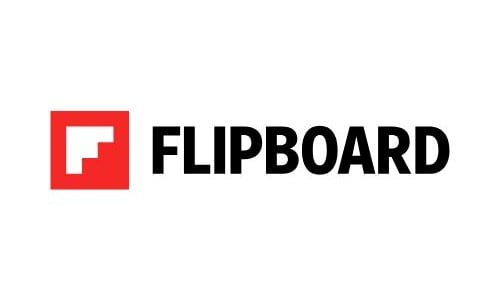
Flipboard offers magazine-style content curation. Strong for journalism, news, and magazine-format content. Less social than others but still valuable for certain niches.
A word of caution: avoid dead or spam platforms. If the most recent submission is from 2019, move on. If the entire front page is low-quality spam, your quality content won’t help, and you’ll just be associating with bad neighborhoods in Google’s eyes.
Conclusion
Social bookmarking isn’t the SEO silver bullet it might have been in 2008, but it’s not dead either. It’s evolved. The platforms that survived did so by focusing on genuine community and content discovery rather than being link farms.
The key is being genuinely useful. Bookmark content you actually find valuable. Engage with communities authentically. Share your own stuff occasionally, not constantly. Treat these platforms like what they are: communities of real people that just so happen to offer SEO benefits such as some extra visibility, faster indexing, and maybe some referral traffic.
FAQs
What is meant by social bookmarking?
Social bookmarking is saving website links on online platforms instead of in your browser, making them accessible from any device and shareable with others. You can organize bookmarks with tags and categories, discover what others are saving, and engage with communities around shared interests.
What is the impact of social bookmarking on SEO?
Social bookmarking helps with faster indexing, referral traffic, and brand visibility. While most platforms use nofollow links that don’t directly boost rankings, they help Google discover your content quicker and drive real user engagement, which indirectly supports your SEO efforts.
Is social bookmarking still relevant in 2025?
Yes, but not in the way it was a decade ago. It’s evolved from an SEO hack to a legitimate content distribution and discovery channel. Focus on quality platforms with active communities rather than trying to spam dozens of dead sites.
How many social bookmarking sites should I use?
Quality over quantity. Focus on 3 to 5 platforms where your target audience is actually active. Better to build genuine presence on a few sites than to spam your links across 30 platforms nobody uses anymore.
How often should I share my content on social bookmarking sites?
There’s no magic number, but a good rule: for every piece of your own content you share, bookmark and engage with at least 5 to 10 pieces from others. Don’t be that person who only shows up to promote themselves.
Recommended for you


Powerful social media management software
14-day free trial - No credit card required.

